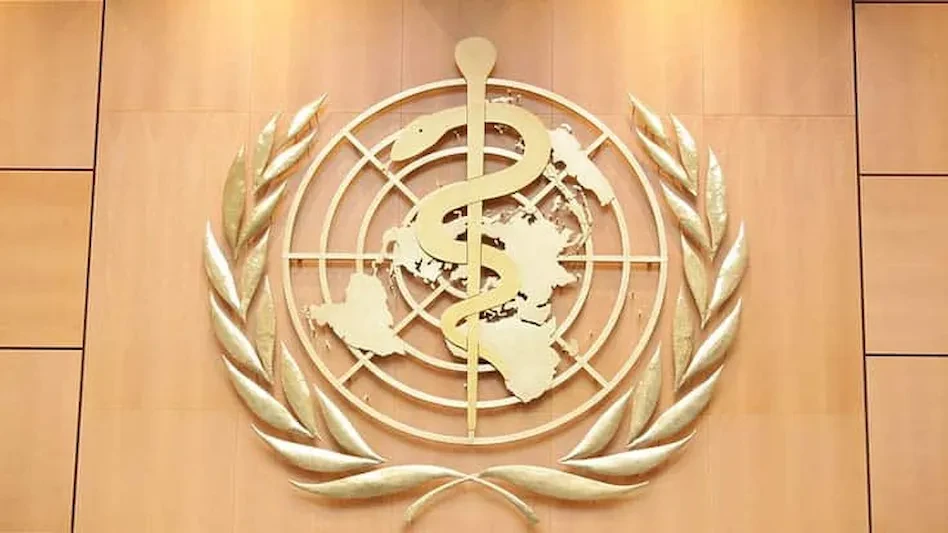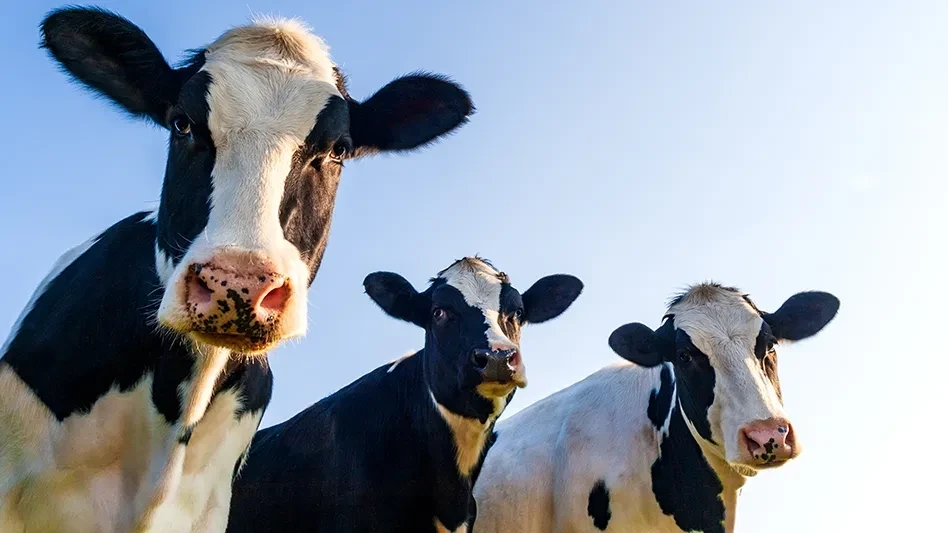
United States Mission Geneva
The World Health Organization (WHO) and the Food and Agriculture Organization (FAO) Joint Expert Committee on Food Additives (JECFA) released an assessment of the health impacts of the food color additive titanium dioxide (TiO2) on Nov. 24. JECFA noted that the available data did not provide convincing evidence of genotoxicity for TiO2. u
Titanium dioxide, also called INS1711 in the International Numbering System for Food Additives (INS), is a widely used food additive. It is mainly used as a whitening and brightening agent in products such as chewing gum, mayonnaise, soy milk, candies, pastries, coffee creamers, chocolates and cake decorations.
JECFA noted that INS171 was poorly absorbed from the gastrointestinal tract and that the oral bioavailability of TiO2 in humans is very low. JECFA also considered that no evidence for carcinogenic, reproductive or developmental toxicity effects after long term exposure in animals have been identified.
According to JECFA, there are no epidemiological studies that allow any conclusions to be drawn between dietary exposure to INS171 and human health effects. After reviewing the available scientific literature, JECFA noted limitations in the available evidence for genotoxicity. JECFA emphasized that the OECD guidelines for investigating genotoxicity have been developed and validated for chemicals, and that they may not be easily applicable without adaptations for testing poorly soluble particulate matter such as TiO2.
“JECFA reviewed all available research on genotoxicity risk and determined that the evidence is insufficient, owing mostly to the lack of suitable testing methodologies for nanoparticles,” said Dr. Moez Sanaa, WHO’s head of the Standards and Scientific Advice on Food and Nutrition Unit. “We need more research to address the current uncertainty about the distribution of TiO2 particle sizes in food and to develop genotoxicity tests that are more appropriate for nanoparticles.”
Read the full assessment here.
Latest from Quality Assurance & Food Safety
- IDFA Presents Leadership Award to Six Federal Officials at Annual Celebration of Dairy Reception
- Seeding The Future Global Food System Challenge is Changing Lives: Winners Reflections
- Raw Farm Products Recalled Following Bird Flu Virus Detections
- FDA Issues 2024 Voluntary National Retail Food Regulatory Program Standards
- GSA Launches Assurances Platform, Prism and Webinar Series in Partnership with Wholechain
- Multistate E. coli Outbreak Linked to Iceberg and Romaine Lettuce Blend
- FDA, USDA Seek Information About Food Date Labeling
- William Marler, Food Safety Advocate and Lawyer, Condemns Lack of Safety of U.S. Food Supply





